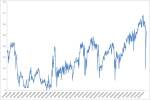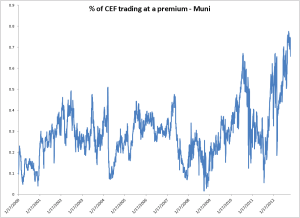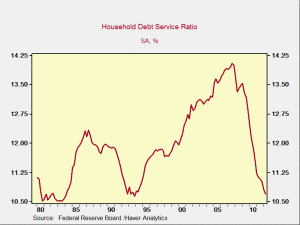I have been talking with advisors recently about alternatives. One of the points I always make is that the definition of alternative investments has varied significantly over time, so it’s important to be very specific about what you mean when you say alternative.
In the middle of the last century, for example, you could have made the case that stocks themselves were alternative. At the time, stocks had always yielded more than bonds and always would because they were riskier. Since then, of course, we have seen the opposite conclusion, that stocks are less risky than bonds over time, become the prevailing wisdom. Stocks, at the time, meant U.S. large-cap. Small-cap stocks were dangerous, risky, not for small investors. Until, of course, they weren’t, and now small-cap is a core part of most portfolios. Foreign stocks were dangerous, scary—they don’t speak the same language, so how can we trust their assets? Until they weren’t scary anymore, and again, foreign stocks are now part of many core portfolios. The same logic has played out with emerging markets, with high-yield bonds—formerly known as junk—and now with alternatives.







